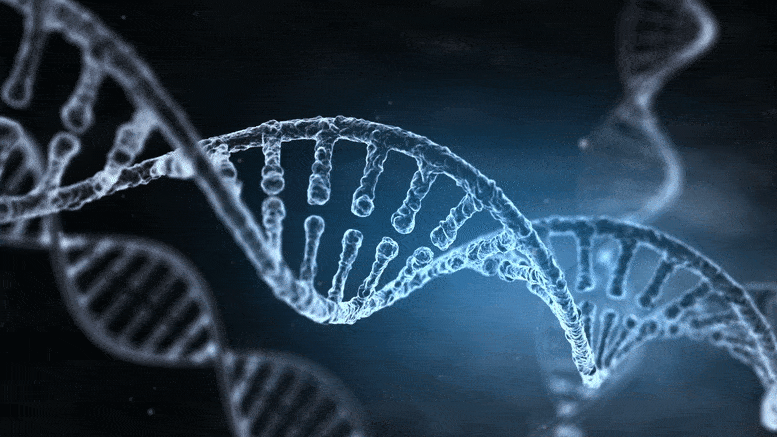
While traveling with RNA polymerase, Rho can tell if the synthesized RNA is worth making — and if not, Rho releases it.”.
Artsimovitch has made many important discoveries about how RNA polymerase so successfully completes transcription.Because of that, Artsimovitch said, it has never made sense that Rho looks only for specific RNA sequences, without even knowing if they are still attached to RNA polymerase.
In fact, the scientific understanding of the Rho mechanism was established using simplified biochemical experiments that frequently left out RNA polymerase — in essence, defining how a process ends without factoring in the process itself.This high-resolution visualization, combined with high-end computation, made accurate modeling of transcription termination possible.
The complex is extremely stable because it has to be — if the RNA is released, it is lost,” Artsimovitch said.
Using a clever method to trap complexes just before they fall apart enabled the scientists to visualize seven complexes that represent sequential steps in the termination pathway, starting from Rho’s engagement with RNA polymerase and ending with a completely inactive RNA polymerase.Though the study was conducted in bacteria, Artsimovitch said this termination process is likely to occur in other forms of life.November 24, 2020November 24, 2020